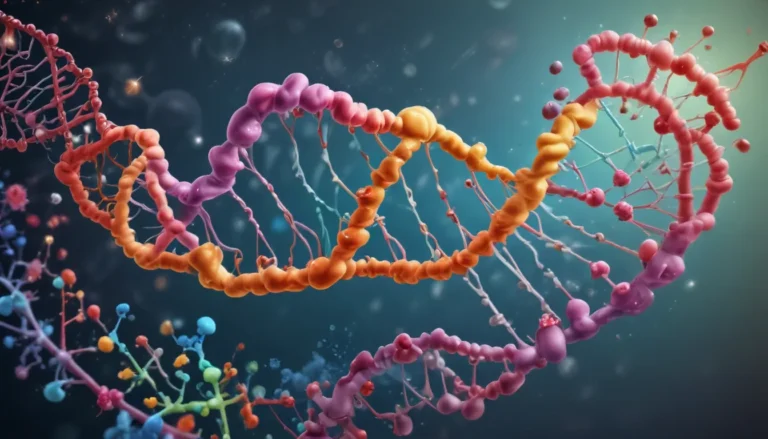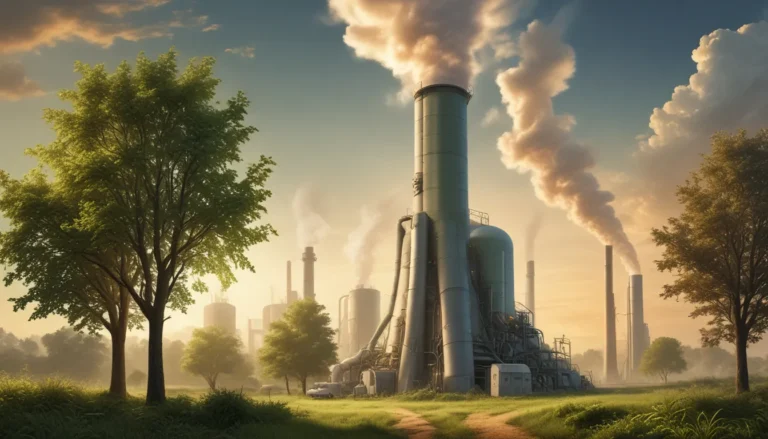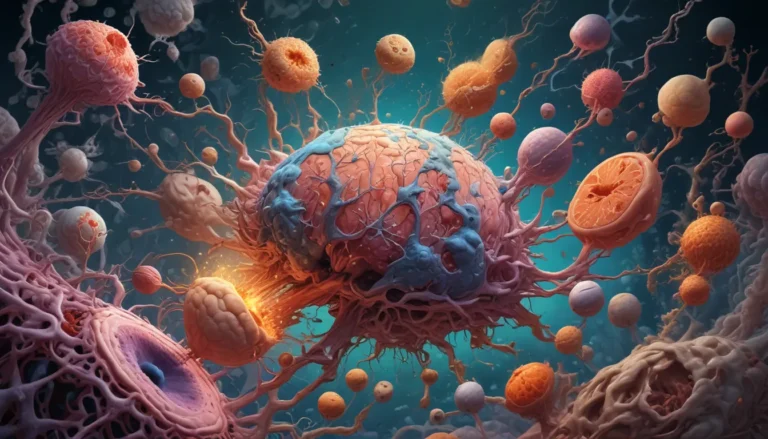A Note About Images: The images used in our articles are for illustration purposes only and may not exactly match the content. They are meant to engage readers, but the text should be relied upon for accurate information.
Evaporation is a captivating natural process that impacts our environment in numerous ways. From its role in the water cycle to its influence on climate patterns, evaporation is a phenomenon worth delving into. In this article, we will uncover 14 extraordinary facts about evaporation that will deepen your understanding of this essential process. So, let’s embark on a journey to discover the wonders of evaporation!
Understanding the Essence of Evaporation
- Evaporation is the transformation of a liquid into a gas, driven by heat.
- It is crucial for the water cycle, cooling the environment, and preserving food by removing moisture.
- Factors like temperature, humidity, and surface area influence the rate of evaporation.
- Evaporation is not restricted to water and can impact climate patterns and the taste of beverages.
The Science Behind Evaporation
Evaporation is the process by which a liquid transitions into a gaseous state. This transformation occurs when the molecules of a liquid absorb enough energy to break free from their liquid phase and enter the gas phase. While evaporation can take place at any temperature, it tends to occur more rapidly at higher temperatures. This natural process is the driving force behind the water cycle, where the sun’s heat evaporates water from oceans, lakes, and rivers to form clouds that eventually release precipitation, sustaining the Earth’s water supply.
Factors Influencing Evaporation
Various factors influence the rate of evaporation, including the temperature of the liquid, the humidity of the surrounding air, and the exposed surface area of the liquid. Higher temperatures, lower humidity levels, and larger surface areas can all lead to faster evaporation. By understanding these factors, we can comprehend how evaporation plays a vital role in our everyday lives and the environment.
Evaporation’s Impact on the Environment
Evaporation is not just a natural process; it has a significant impact on the environment. It can contribute to drought conditions, affect agricultural productivity, influence the salinity of bodies of water, and impact the distribution of moisture across different regions. By recognizing the environmental implications of evaporation, we can appreciate its role in shaping the world around us.
Practical Applications of Evaporation
Evaporation is not only a scientific concept but also a versatile process with practical applications. It is widely used in industries for processes such as the concentration of liquids, separation of substances, and the production of salts. In laboratories, evaporation is a common method for removing solvents or concentrating solutions. Moreover, evaporation plays a crucial role in food preservation, as processes like freeze-drying and dehydration rely on it to remove moisture and extend the shelf life of food products.
Exploring the Intricacies of Evaporation
- Evaporation can lead to the formation of minerals in areas with high evaporation rates, such as deserts and salt flats.
- Changes in evaporation rates can impact climate patterns and contribute to the formation of clouds and rainfall.
- Evaporation can cause the concentration of dissolved substances in a liquid, affecting the taste of beverages.
- The rate of evaporation can be increased through methods like increased air flow or reduced atmospheric pressure.
Unveiling the Diversity of Evaporation
While water is often synonymous with evaporation, other liquids such as alcohol or gasoline can also undergo evaporation under specific conditions. Each liquid has its own rate of evaporation based on factors like molecular size, intermolecular forces, and boiling points. Lighter and smaller molecules tend to evaporate more quickly than larger and heavier ones, showcasing the diversity of substances that can undergo this transformative process.
Delving into the Effects of Evaporation
Evaporation’s influence extends beyond scientific realms into everyday experiences. When a liquid evaporates, its concentration increases, affecting the taste of beverages as flavors become more concentrated. This phenomenon explains why a cup of coffee or tea tastes stronger when left to sit for a while. By understanding how evaporation impacts our daily experiences, we can develop a deeper appreciation for the complexities of this natural process.
Embracing the Marvels of Evaporation
Evaporation is a remarkable phenomenon that shapes our environment, influences weather patterns, and sustains life on Earth. From its role in the water cycle to its impact on climate conditions, evaporation is a fundamental process that deserves recognition. By exploring the extraordinary facts about evaporation presented in this article, we can gain a newfound appreciation for the beauty and significance of this natural phenomenon.
Conclusion: Celebrating the Essence of Evaporation
Evaporation stands as a testament to the intricate web of processes that sustain life on our planet. From regulating temperature to distributing water resources, evaporation plays a crucial role in maintaining the delicate balance of ecosystems. By deepening our understanding of evaporation and its remarkable effects, we can marvel at the wonders of this natural process unfolding before our eyes.Whether witnessing steam rising from a hot beverage or observing changing weather patterns, let us remember the extraordinary power and significance of evaporation in shaping our world.
FAQs: Exploring Common Questions About Evaporation
- What is evaporation?
-
Evaporation is the process by which a liquid changes into a gas or vapor state when heated or exposed to low atmospheric pressure.
-
How does evaporation occur?
-
Evaporation happens when the molecules of a liquid gain enough energy to transition from the liquid phase to the gas phase, typically provided by heat or a decrease in atmospheric pressure.
-
What factors influence the rate of evaporation?
-
Factors like temperature, humidity, surface area, and air movement impact the rate of evaporation, with higher temperatures and larger surface areas leading to faster evaporation.
-
Why is evaporation important?
-
Evaporation is crucial for maintaining the water cycle, regulating temperature, distributing water resources, and driving the formation of clouds and precipitation.
-
How does evaporation affect the environment?
-
Evaporation can impact the environment by contributing to drought conditions, influencing agricultural productivity, affecting the salinity of bodies of water, and distributing moisture across different regions.
-
Can evaporation be used for water purification?
-
Yes, evaporation is utilized in water purification methods such as distillation and desalination, where impurities are evaporated and then condensed to obtain purified water.
-
What are some real-life applications of evaporation?
- Evaporation has practical applications in industries like food processing and pharmaceuticals, as well as in household activities such as drying clothes and preserving food.
Reflecting on the Impact of Evaporation
Our commitment to delivering valuable insights and information about evaporation reflects our dedication to providing trustworthy and engaging content. Each fact shared on our platform is contributed by individuals like you, ensuring a diverse range of perspectives and knowledge. Our meticulous review process guarantees that the facts we present are not only fascinating but also credible. As you explore and learn about evaporation with us, trust in our commitment to quality and authenticity in delivering educational content that enriches your understanding of the world around you.






